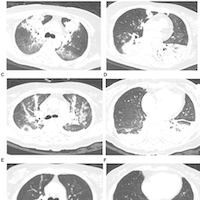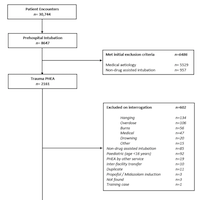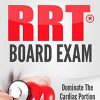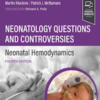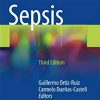An Index Combining Respiratory Rate and Oxygenation to Predict Outcome of Nasal High-Flow Therapy
pubmed.ncbi.nlm.nih.gov
In patients with pneumonia with acute respiratory failure treated with high-flow nasal cannula (HFNC), ROX is an index that can help identify those patients with low and those with high risk for intubation.
This was a 2-year multicenter prospective observational cohort study including patients with pneumonia treated with HFNC.
Among the 191 patients treated with HFNC in the validation cohort, 68 (35.6%) required intubation. The prediction accuracy of the ROX index increased over time (area under the receiver operating characteristic curve: 2 h, 0.679; 6 h, 0.703; 12 h, 0.759).
ROX greater than or equal to 4.88 measured at 2 (hazard ratio, 0.434; 95% confidence interval, 0.264-0.715; P = 0.001), 6 (hazard ratio, 0.304; 95% confidence interval, 0.182-0.509; P < 0.001), or 12 hours (hazard ratio, 0.291; 95% confidence interval, 0.161-0.524; P < 0.001) after HFNC initiation was consistently associated with a lower risk for intubation. A ROX less than 2.85, less than 3.47, and less than 3.85 at 2, 6, and 12 hours of HFNC initiation, respectively, were predictors of HFNC failure.


